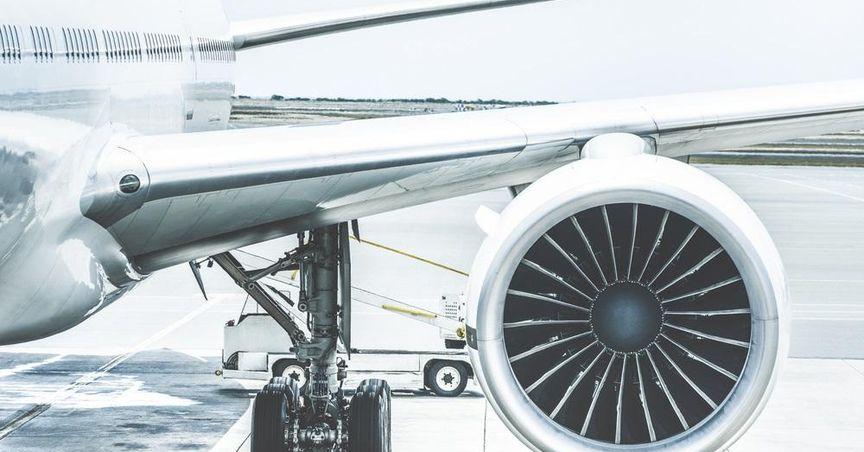Highlights
- Southwest Airlines surpasses revenue expectations in the third quarter.
- Airline traffic and passenger revenue show steady improvement year over year.
- Adjustments in operational strategies contribute to revenue and load factor gains.
Southwest Airlines Co., a major player in the airline sector, has announced its third-quarter results for 2024. Southwest Airlines is known for its extensive domestic network and commitment to customer service. The latest earnings report highlights the company’s ability to navigate operational challenges while maintaining its performance in a competitive industry.
Third-Quarter Revenue and Performance Overview
Southwest Airlines (NYSE:LUV) reported third-quarter earnings that exceeded market expectations. The airline’s revenue figures showcased an improvement compared to the same period last year, supported by its efforts in moderating capacity and optimizing strategic initiatives. This uptick indicates the company’s ongoing efforts to align its operational capabilities with market demands, allowing it to manage and enhance its overall revenue stream effectively.
The company has highlighted several key factors contributing to this performance, including industry-wide improvements in capacity and the execution of tactical measures to manage demand and occupancy. This strategic alignment has enabled Southwest to achieve stronger results within its service offerings and maintain its market position.
Traffic and Capacity Statistics
Southwest Airlines recorded an increase in airline traffic, as measured in revenue passenger miles. This rise reflects the company’s ability to attract and manage a higher number of passengers compared to the previous year, which aligns with its capacity adjustments. The capacity, measured in available seat miles, also showed growth, although at a more moderate pace. The balance between increased traffic and moderated capacity expansion allowed the airline to boost its load factor, indicating a higher percentage of seat occupancy during this period.
In terms of passenger revenue, Southwest Airlines saw positive movement in unit revenues, as passenger revenue per available seat mile (PRASM) improved year over year. Similarly, revenue per available seat mile (RASM) also showed growth, underscoring the airline’s capacity to enhance its revenue base while managing operational efficiency.
Operational Income and Strategic Adjustments
Despite the increase in revenue, Southwest Airlines reported a decline in operating income compared to the same quarter in the previous year. The reduction in income highlights some of the ongoing challenges in managing operating expenses in the current environment. However, when adjusted for special items, the figures illustrate the airline's efforts to stabilize income despite market fluctuations.
The company’s approach to moderating capacity and strategically managing its routes appears to be contributing positively, as evidenced by the increases in load factors and revenue measures. This focus on tactical and operational efficiency underscores Southwest Airlines’ commitment to maintaining service standards while managing financial outcomes.





